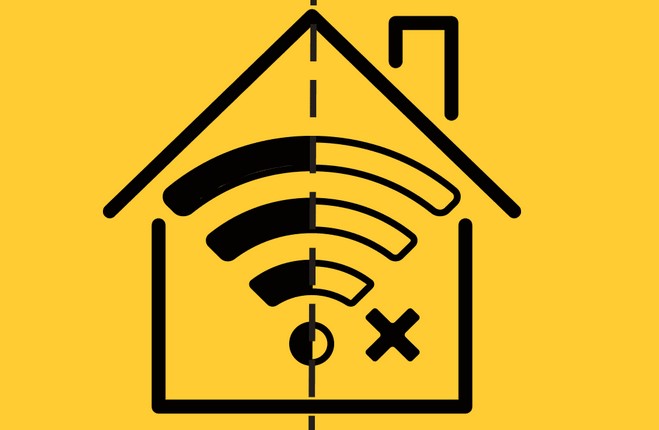Congress must continue funding the Affordable Connectivity Program (ACP) to further efforts to provide online access to all, according to a June 5 Brookings Institution Center for Technology Innovation panel.
The Federal Communications Commission (FCC) administers the $14 billion ACP, which provides up to $30 monthly ($75 on Tribal lands) to low-income households for use toward the monthly cost of a broadband connection. The program also includes funding to eligible governmental and nongovernmental entities for outreach grants to help raise awareness of, and connect eligible households to, program benefits.
To date, more than 17 million households have enrolled in the program, which allowed students to more fully participate in their education virtually during pandemic school closures, and even now, as homework often requires some time online. In California, only 1.8 million California households were enrolled (30 percent of eligible households) as of March 2023, suggesting more comprehensive outreach efforts are needed.
Traci Morris, director of the American Indian Policy Institute at Arizona State University, noted that school districts and county offices of education are among those “anchor institutions” that play an important role in boosting program enrollment.
“These are folks that are front line and helping folks sign up for other things,” she said.
The ACP, an offshoot of the Emergency Broadband Benefit program, is likely to run out of funding by mid-2024. If the program ends, current subscribers will lose out on discounts for better connectivity.
State and federal efforts to bridge the digital divide have made significant progress since the onset of the pandemic, according to research from the Public Policy Institute of California.
Using data from 2020–22, researchers found that the share of K-12 households with reliable access to a computer device rose from 68 percent to 82 percent from spring to fall 2020, as most local educational agencies settled into distance learning. Gains in reliable access to internet service moved at a slower pace, increasing from 71 percent to just 75 percent. “This reflects the challenges of reaching households in remote areas that do not have internet infrastructure and low-income households in crowded urban areas that cannot afford reliable internet,” researchers wrote.
Advocating for the continued funding of the ACP is critical to maintaining this progress and ensuring students don’t fall further behind as schools work to help children recover academically.
In April, members of CSBA and the Association of California School Administrators (ACSA) during the second annual Coast2Coast Federal Advocacy Trip lobbied lawmakers in Washington, D.C., to extend the ACP and maintain the Emergency Connectivity Fund, as well as simplify the application process for the E-rate program.
Former FCC commissioner Michael O’Rielly said during the panel discussion that ACP is the “best mechanism we’ve had to date” toward connecting families — an issue that spans regional and political differences.
“I support the ACP because I think it’s the best structure we’ve had to date to get to where we want to go. The question that’s posed is, ‘can we have affordability without ACP?’ and the answer is, ‘maybe, but not as efficiently or as desirable means,’” O’Rielly said. “I think [the program] deserves additional funding.”





